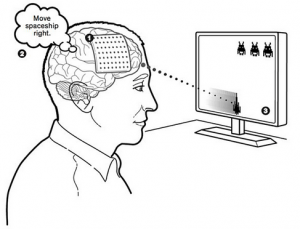The Consumers Electronics Show (CES) 2020 was held earlier this month in Las Vegas. Of the ~4,400 exhibiting companies, the "Digital Health" category had 573 exhibitors. Of these, I found 9 companies utilizing EEG technology.
Besides the usual sleep aid applications, there are still a lot of focus/meditation/relaxation apps. Mental health screeners seem to be a new trend. Other than the visual cortex monitor (NextMind), BCI devices for use as video game controllers have cooled down.
Here's a quick summary, including the application categories they fall into.
| Product Link | Description | Sleep | Focus | BCI | Mental Health |
|---|---|---|---|---|---|
| URGONight | EEG-feedback therapy for sleep. | X | |||
| NextMind | Worn on the back of your head to monitor EEG from the brain’s visual cortex. This provides unique BCI capabilities. | X | |||
| Muse S | Multi-sensor meditation device that provides real-time feedback on your brain activity, heart rate, breathing, and body movements to help you build a consistent meditation practice. | X | |||
| BrainUp | Brain state real-time monitoring / brain wave deep sleep-aid wearable/ brain and mental health screening. | X | X | ||
| BrainCo | Helps train your brain to perform at your best in everything you do. | X | |||
| Entertech brainwave | Dedicated to mental health applications and products around spiritual health like sleep, meditation, and relaxation etc. | X | X | X | |
| Healium | Healium is the world's first virtual and augmented reality platform powered by brainwaves (uses the Muse 1 headband) and heart rate via consumer wearables. | X | |||
| HippoScreen | SEA (Stress EEG Assessment ) System provides an objective indicator of mental health to save doctor’s time on interview. | X | |||
| iBand Plus | Learns about your sleep cycle and intelligently adjusts the audio-visual signals to induce lucid dreams, make you fall asleep easily and wake up naturally. | X |

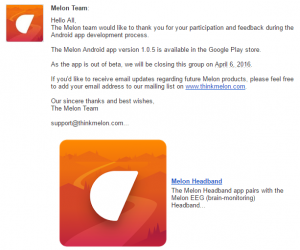
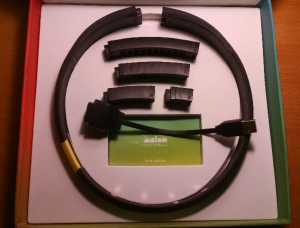
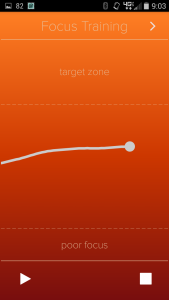
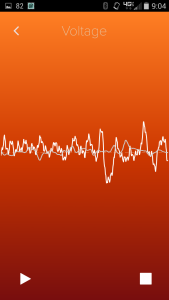



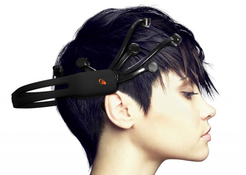
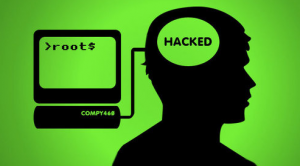

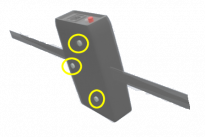 The recent Time Magazine article
The recent Time Magazine article 